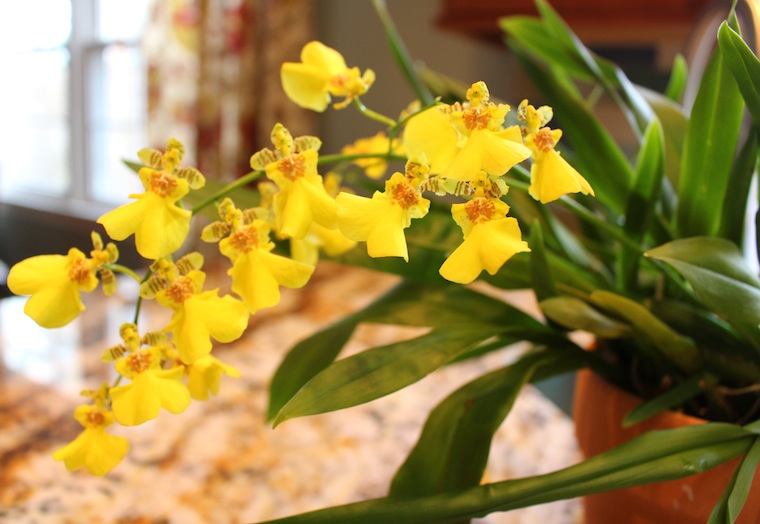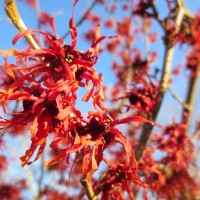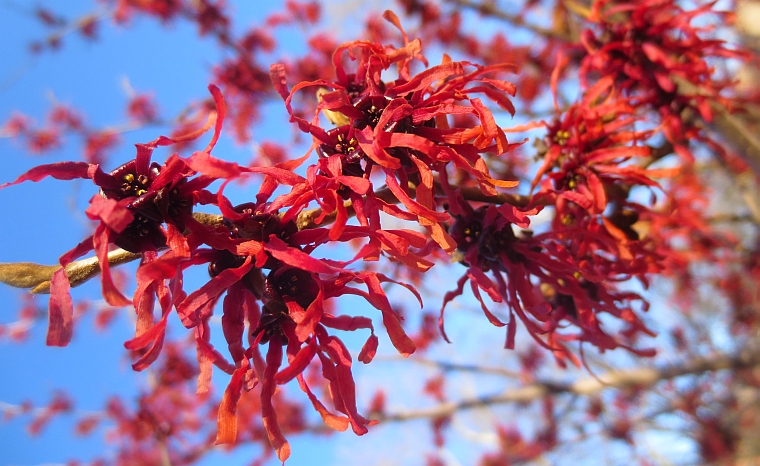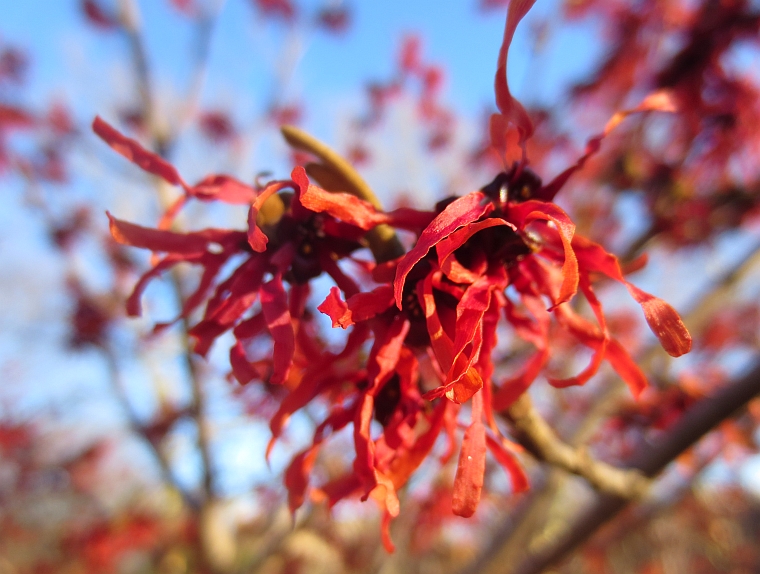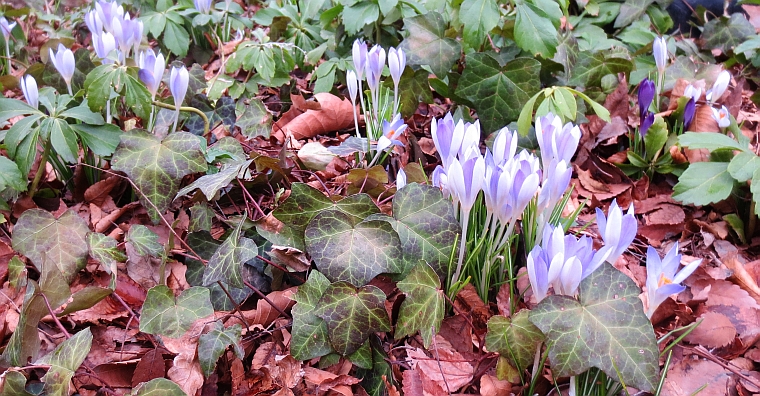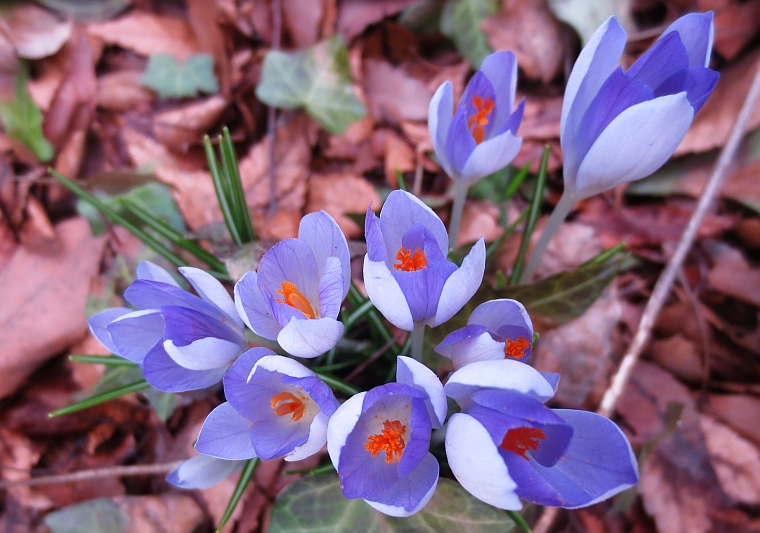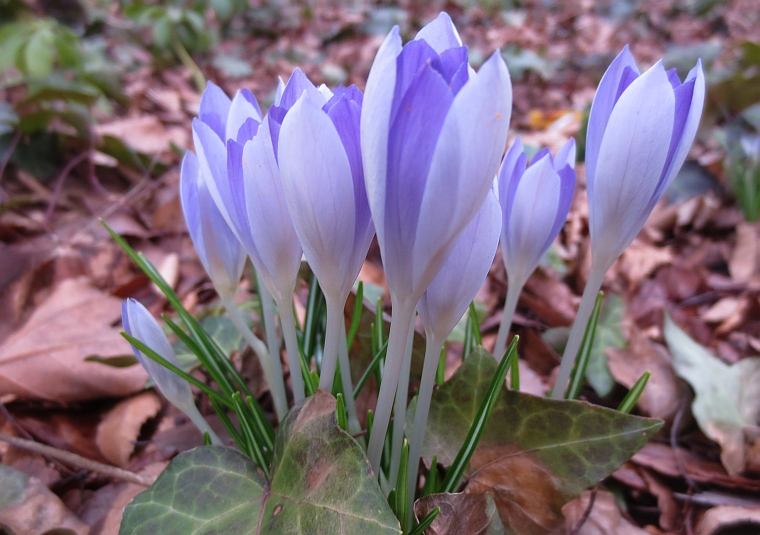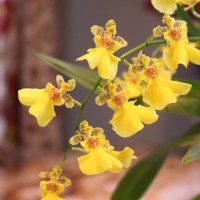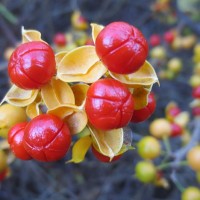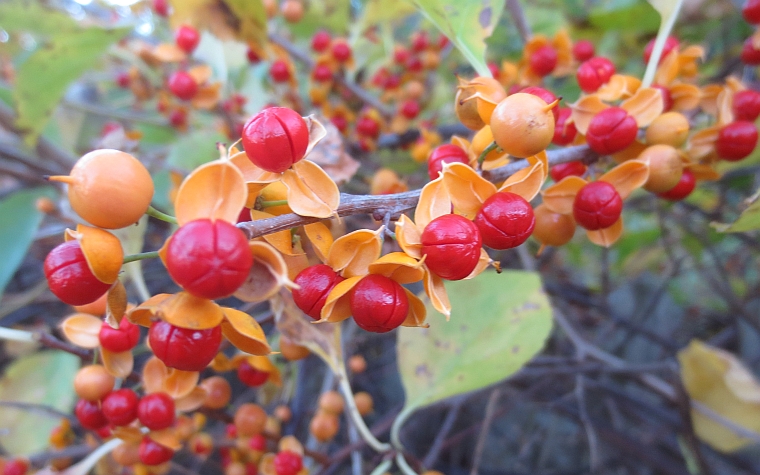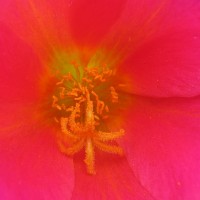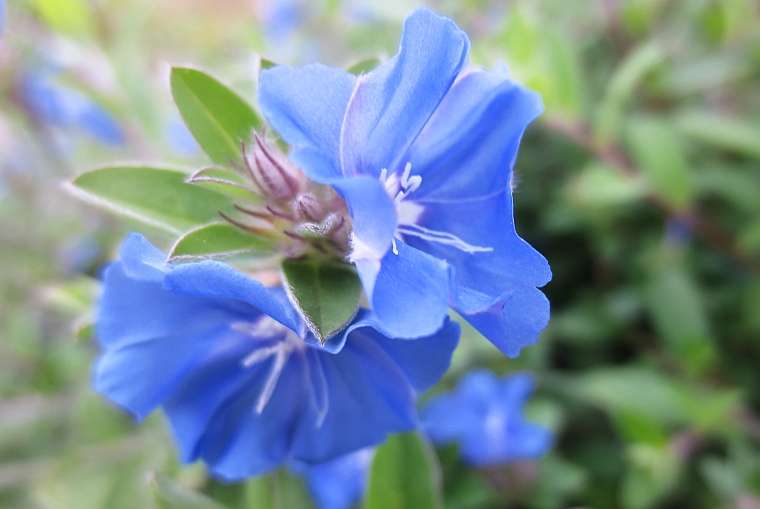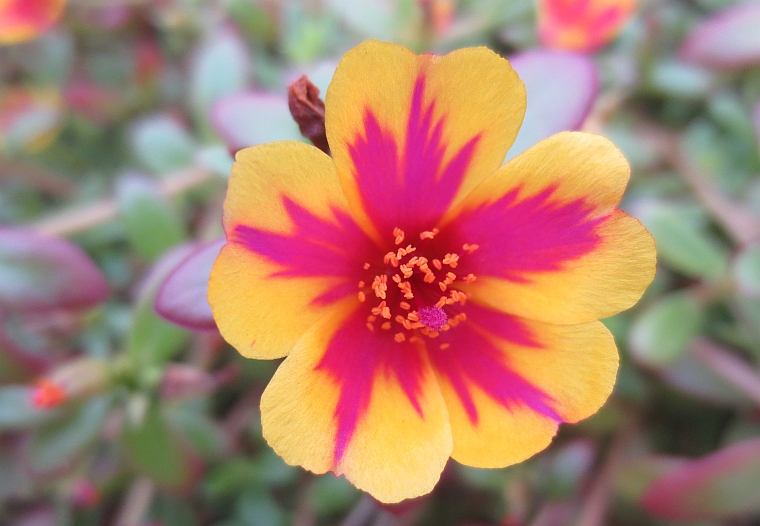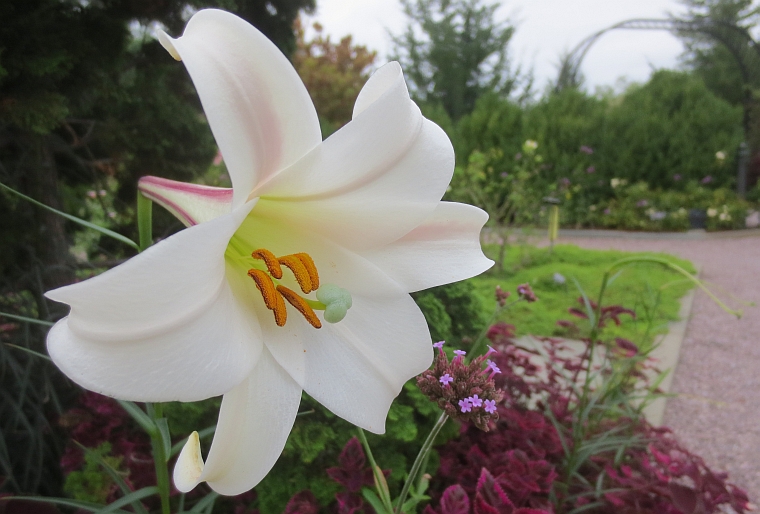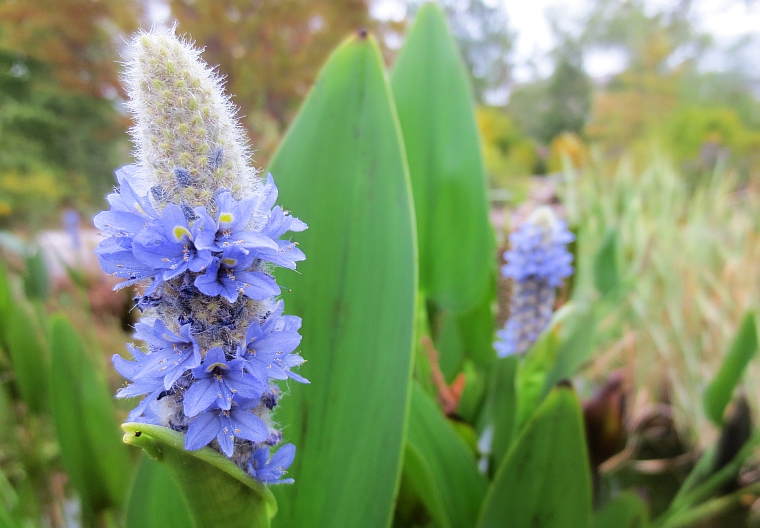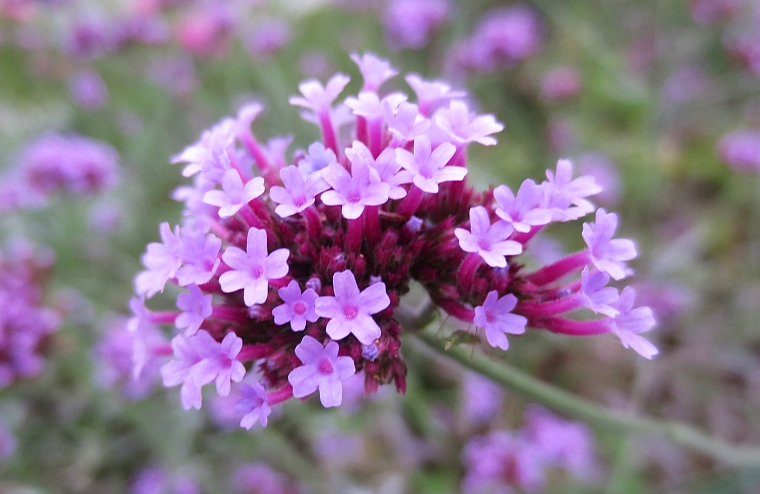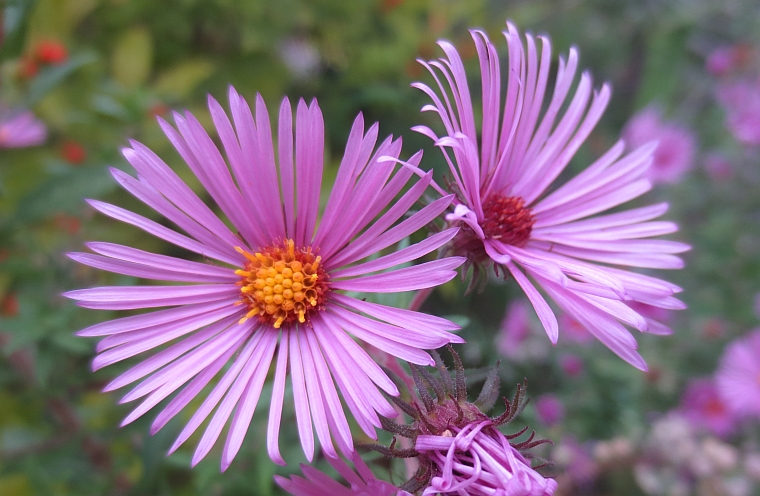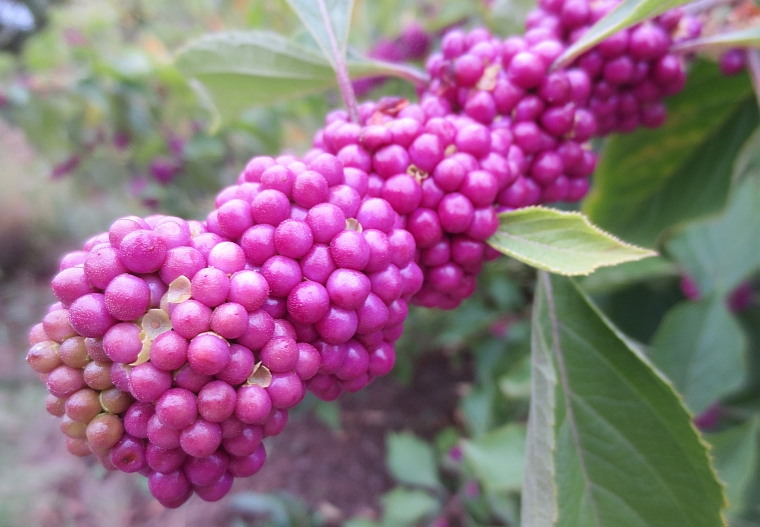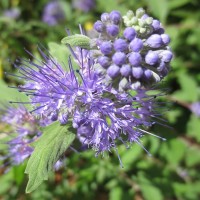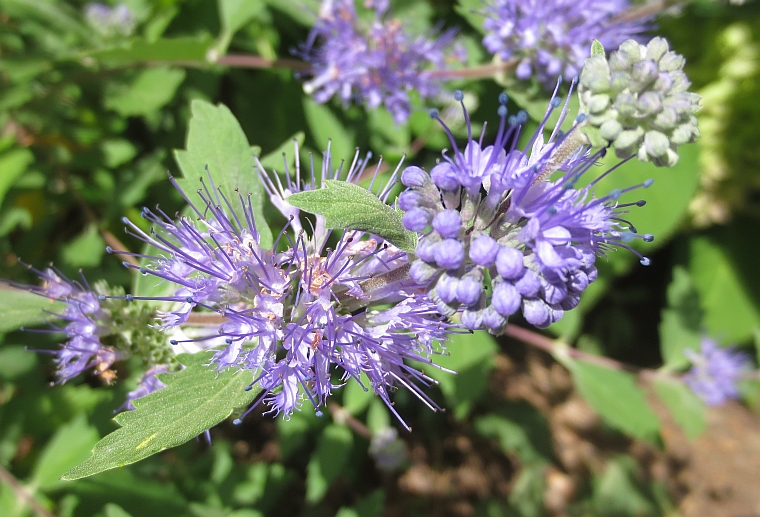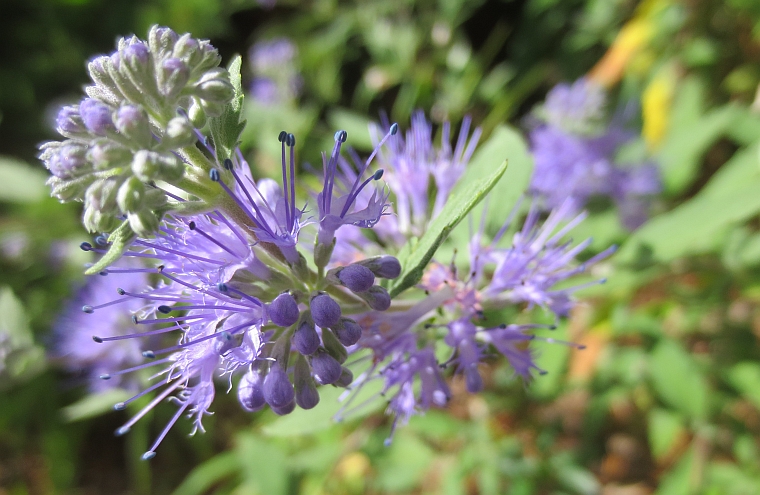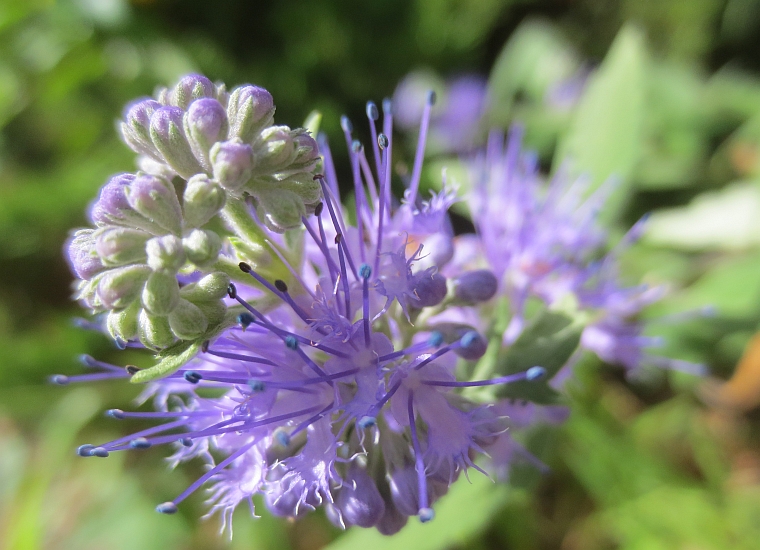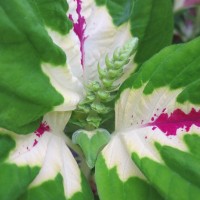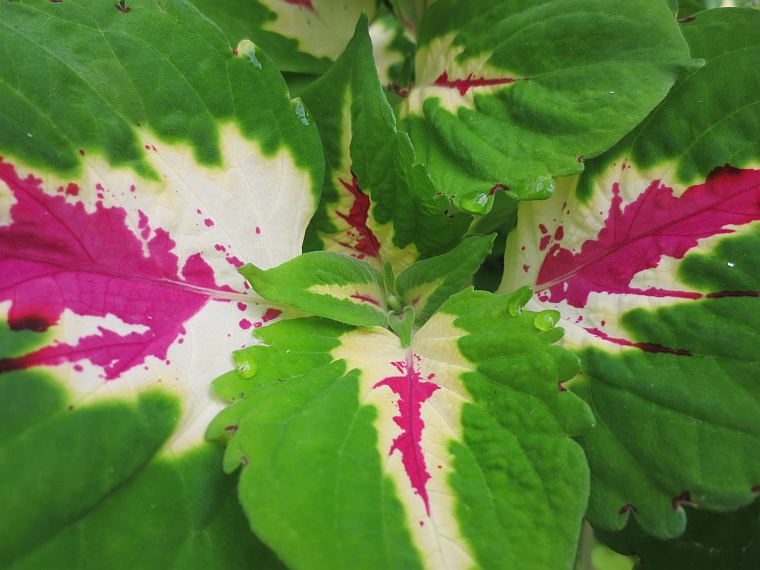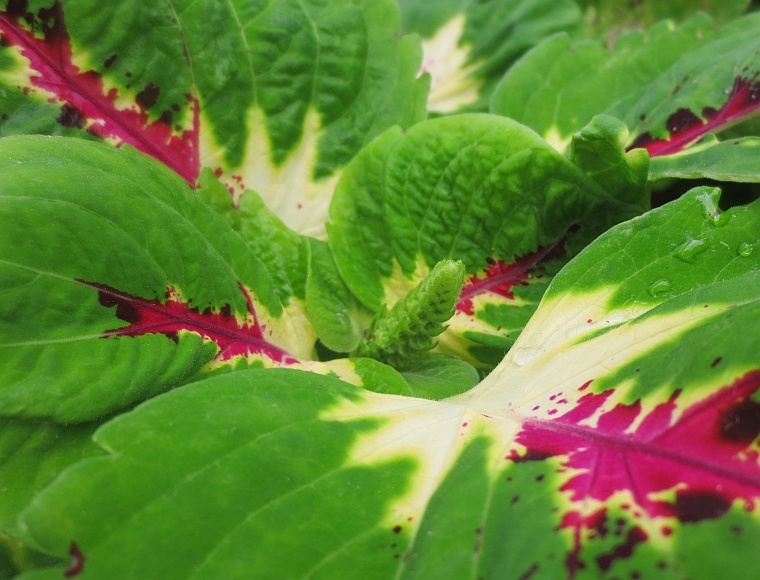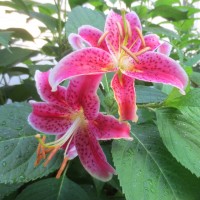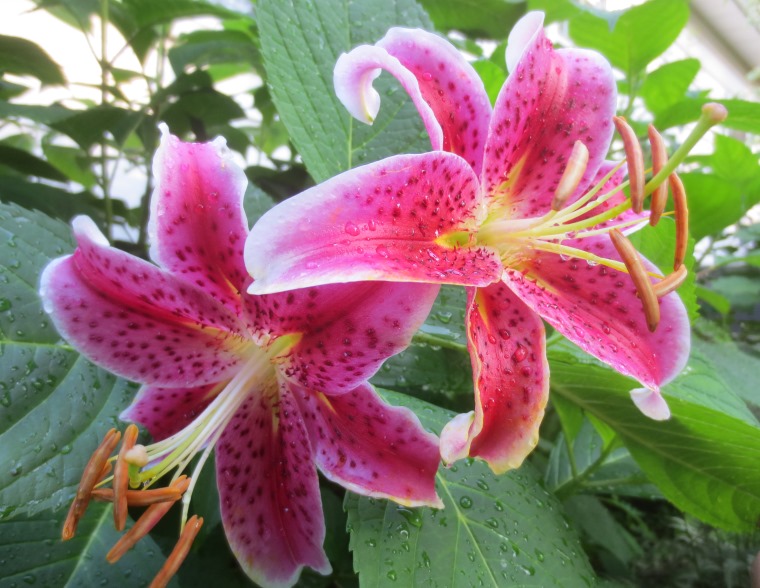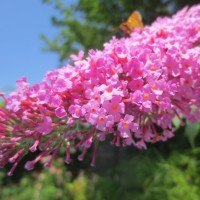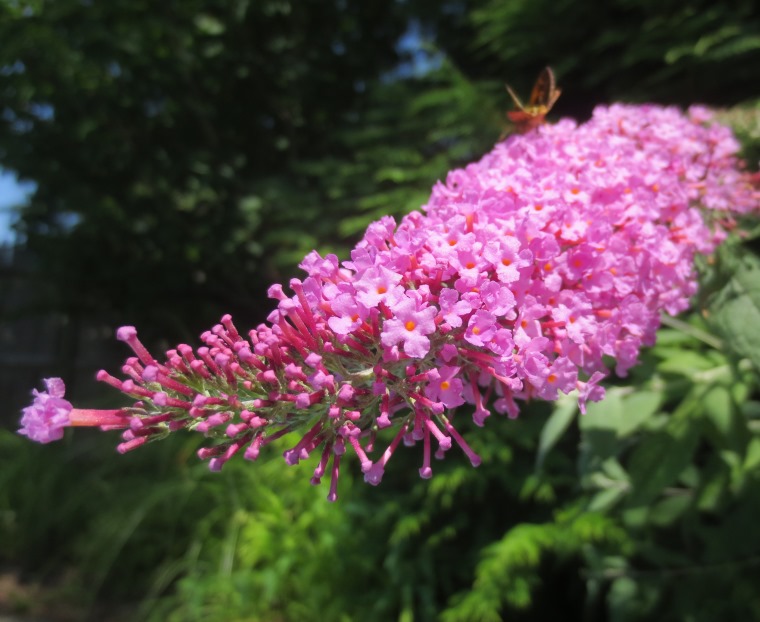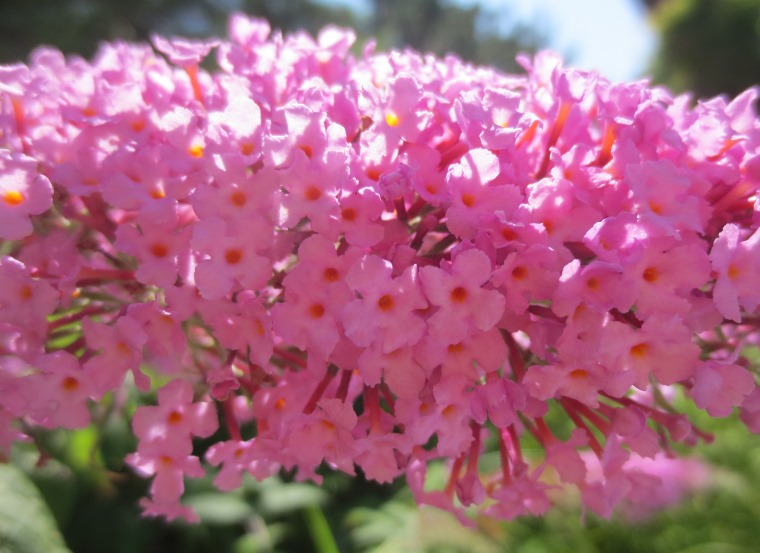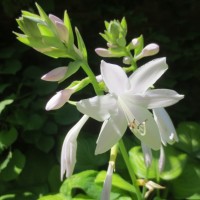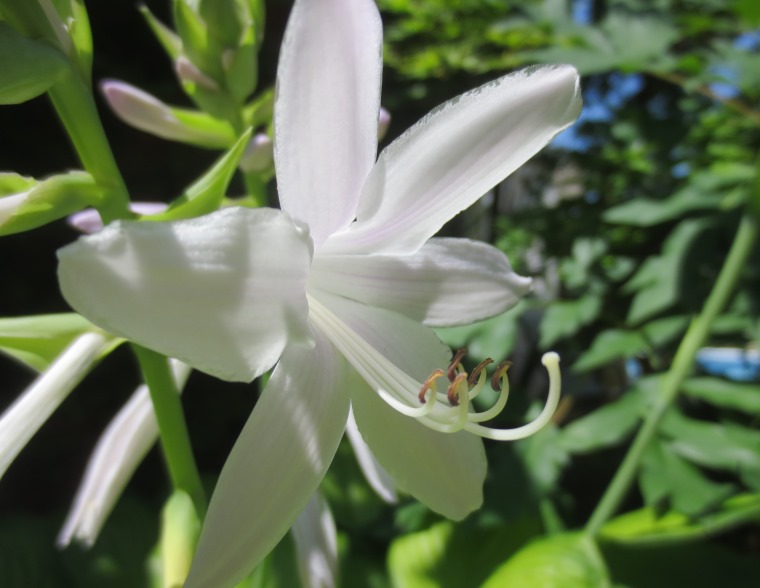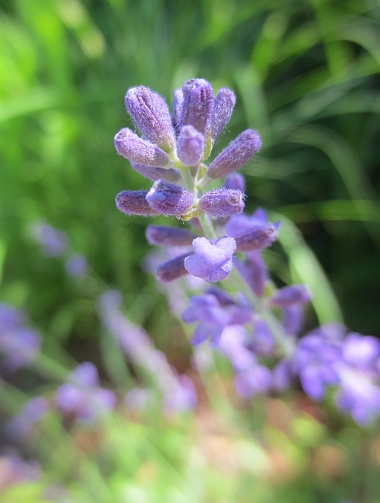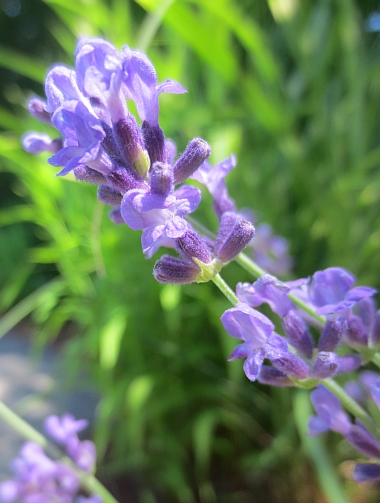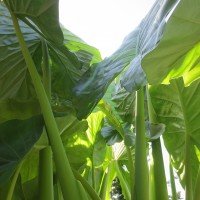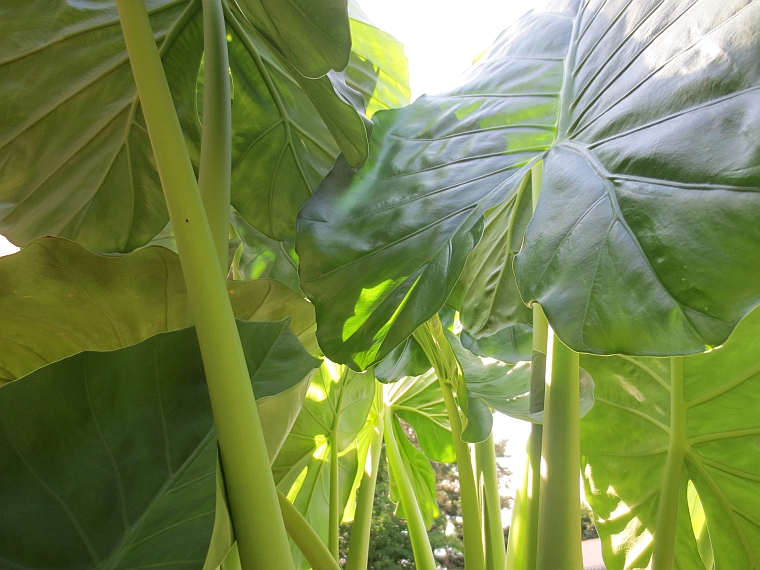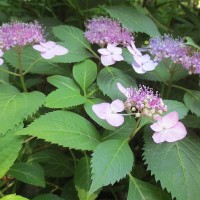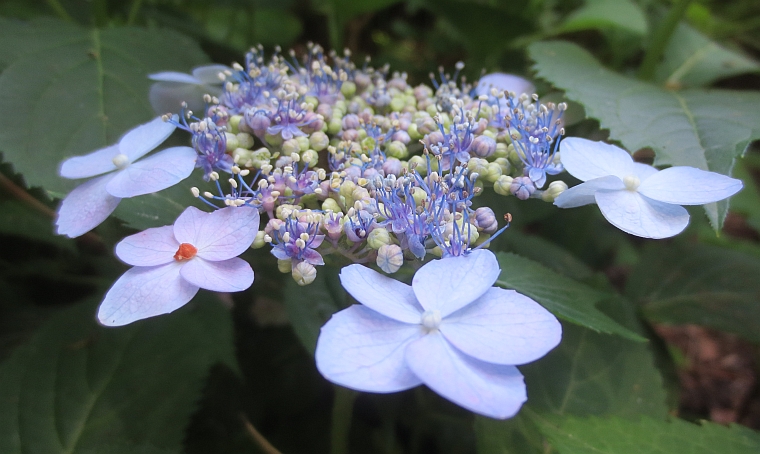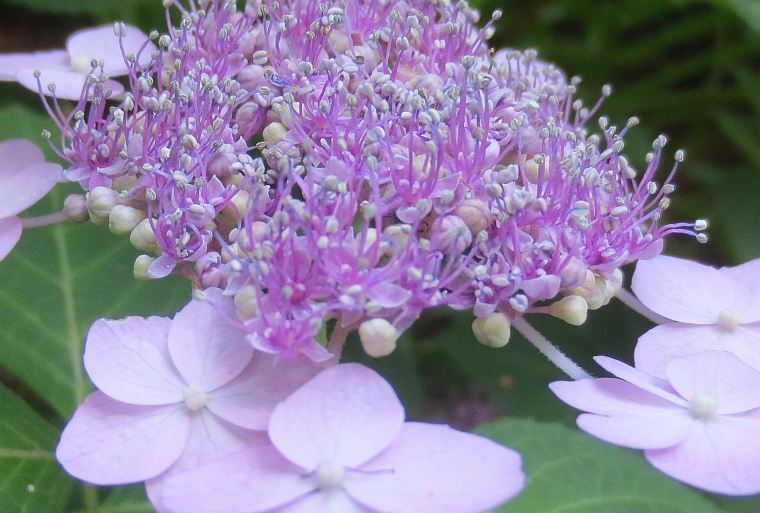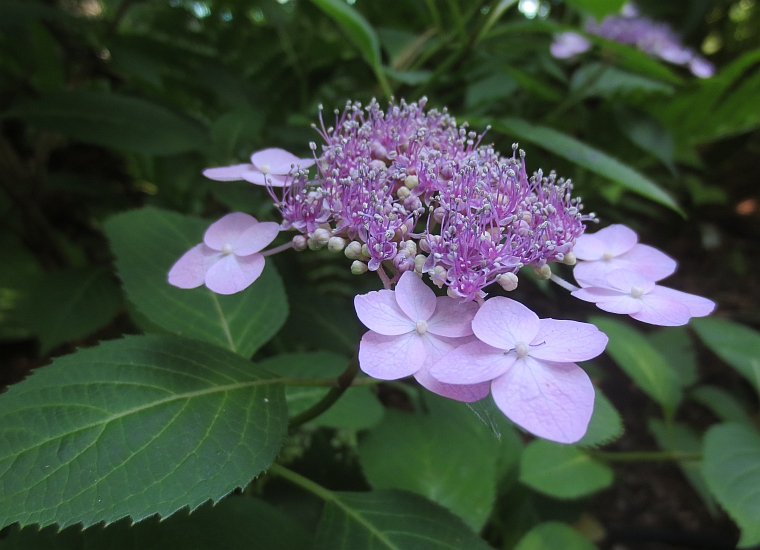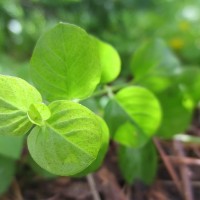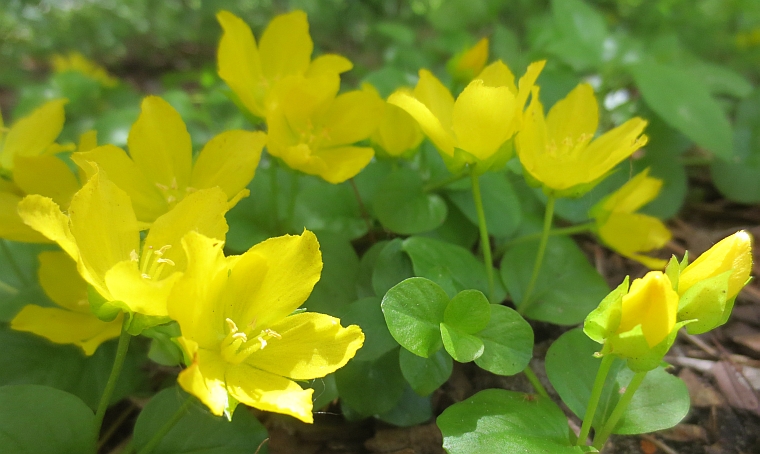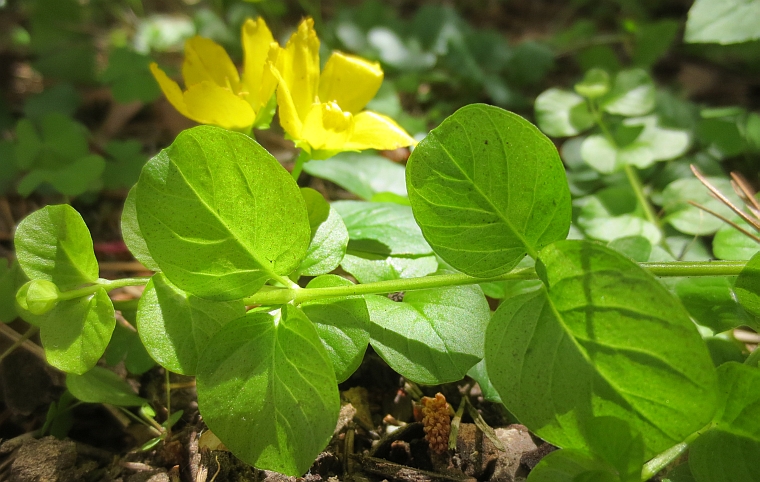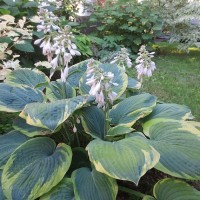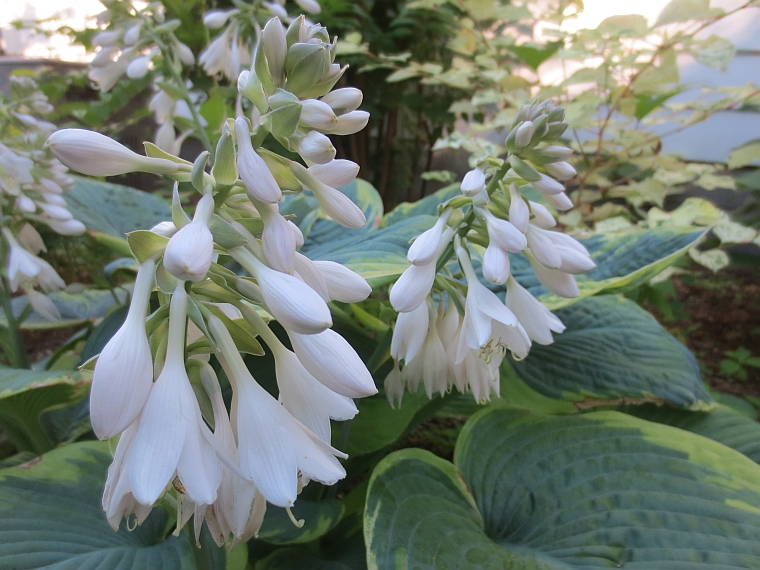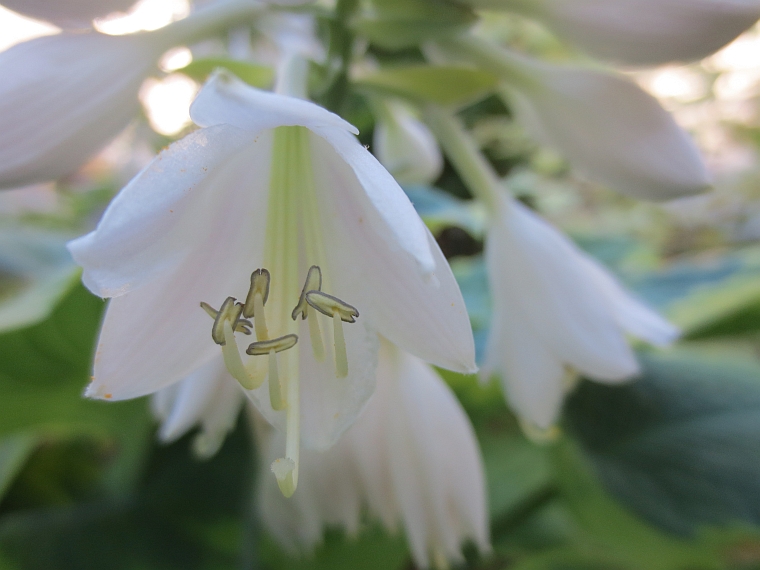Many years ago, I convinced my parents to buy me a Butterfly amaryllis for Christmas. At the time, it was a new introduction to the market, and was priced accordingly. Billed as a rare South American import, I cradled it lovingly in my hands before potting it up and setting it up in a prime southern-exposed window, beside a humidifier that kept the room in a near-tropical state. The plant promptly sent up two spindly leaves, the ends of which soon curled and burnt. It survived, but never thrived, despite my extra administrations. As for the exotic blooms, they never came. Eventually I gave up and it went the same way as other plants I’ve pampered and fussed over – such as a lady’s slipper orchid from White Flower Farm (the most expensive perennial I’ve ever purchased – dead after two years of watering with dechlorinated water. You try keeping that shit up in the heat of a Northeastern July).
Sometimes, the more you coddle, the less you get. And vice versa – as seen in the photos of this Oncidium orchid. I picked it up from Trader Joe’s on a whim last year, to accentuate the new kitchen, and I’d planned on throwing it out once its bright blooms faded. After that happened, however, the foliage remained bright and green, and it seemed in good health, so I put it in the front window near the other houseplants and soon forgot about it except to water it once in a while.
This past summer, when remembering to water it again, I saw it had produced a flower spike that was just about to start blooming. I almost missed it. Then, just last week, the same thing – another flower stalk already in bloom. I quickly added a bit of Miracle Gro to its monthly watering, and felt a little bad at my apathy toward such a strong performer. (Plants get me all anthropomorphic – even more-so than animals.) I’m not sure what I’m doing right, as the humidity in the house is typically low at this time of the year. I think it’s a combination of unintentionally sparse watering habits, and a slightly potbound situation (a number of plants will only bloom once their roots start crowding in on themselves.) Whatever the reason, it’s pretty – and beauty is a harbinger of the upcoming season. At least indoors…
